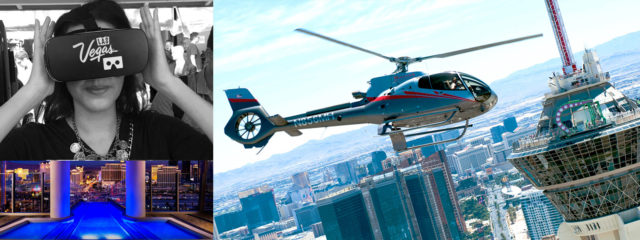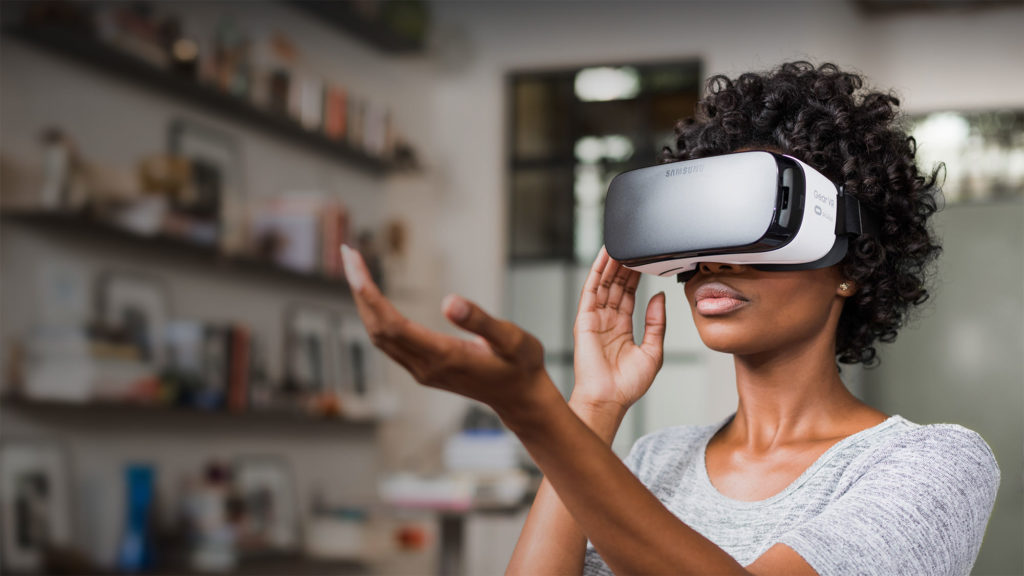Can experiencing branded entertainment in virtual reality elicit a stronger emotional response from consumers compared to other mediums? And can you simply convert existing commercials into VR to get the same result? Technology company, YuMe, Inc. partnered with the good folks at Nielsen to find out and the results are fascinating.
In the study, 150 participants were shown content from an entertainment advertiser and the Las Vegas Convention and Visitors Authority (LVCVA). The content was designed to be viewed in a highly-immersive platform. These experiences were shown on a variety of platforms including VR on a headset, mobile VR, 360-degree video on a flat screen and flat, two-dimensional TV screens. As they watched, emotional responses were gauged by Nielsen’s neuroscience team through eye tracking, a biometric monitoring device measuring electrodermal response and heart rate changes, as well as behavioral-coding methods.

Consumers elicited 27 percent higher emotional engagement in the branded content when viewed in VR compared to 2D, and 17 percent higher emotional engagement than a 360-degree video on a flat screen. VR viewers are emotionally engaged 34 percent longer than when they view the same content in 2D and 16 percent longer than when they view the same content in 360-degree video on a flat screen.
Overall, consumers enjoyed the virtual experiences more than static ones, but allowing viewers to control their own experiences through exploration poses new challenges for brands.
“Advertisers need to artfully balance freedom of exploration and storyline flow in new immersive environments to deliver highly engaging viewer experiences,” said Stephanie Gaines, VP of corporate marketing for YuMe in a press release. “As an industry, we’ve spent a lot of time deep in the conversations about virtual reality. Now is the time, however, to move from hype to action—and this report clearly shows the path to incorporating these powerful new formats.”
YuMe says that VR requires a new breed of content directors to rise to this challenge, noting that the use of audio and language are critical for guiding viewer attention and narrative flow. In addition, guided exploration is critical, which YuMe stresses in the report for brands to convey their message and leverage branding opportunities.
A number of brands are exploring virtual experiences, particularly in the travel industry. The applications are limited only to the imagination, and the use of VR has extended to car dealerships such as Audi and Chrysler and even retailers like North Face and Ikea. While VR may be ushered in by the video game industry, A recent Juniper Research study predicts that hardware revenues from VR headsets, peripherals and 360-degree cameras will reach over $50 billion by 2021.

